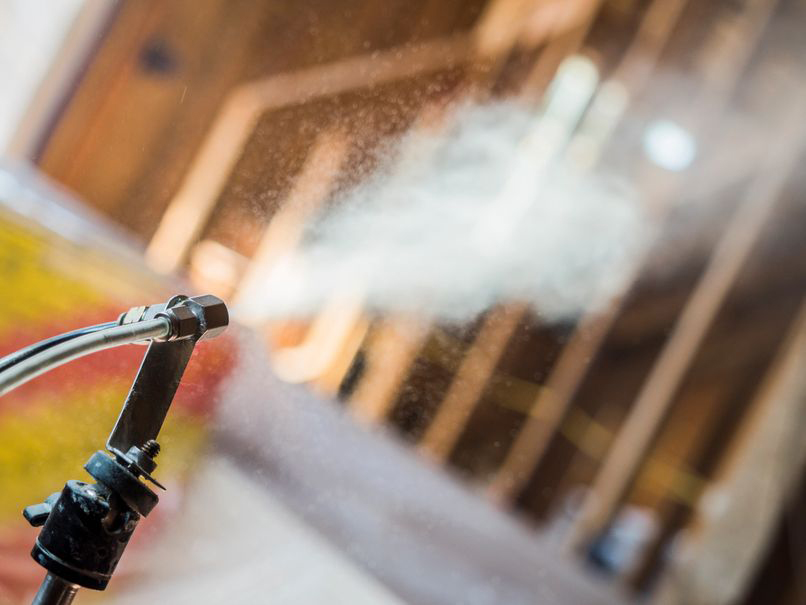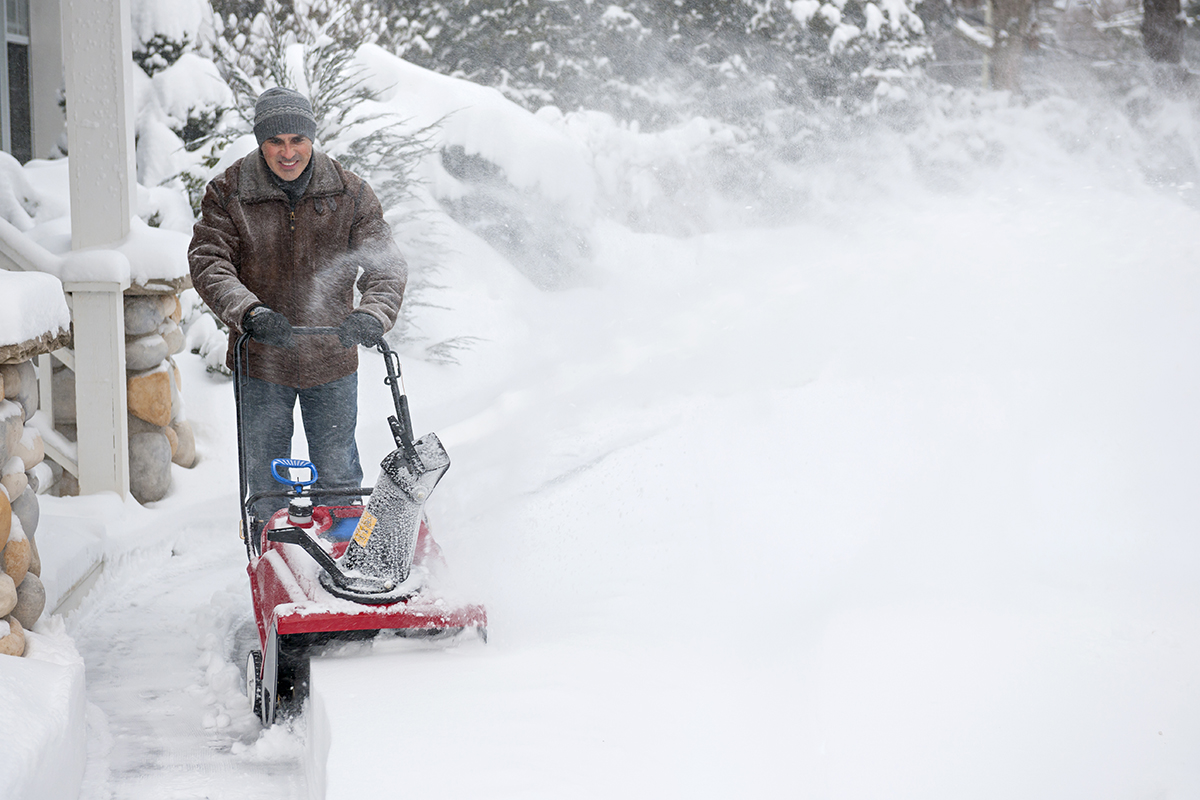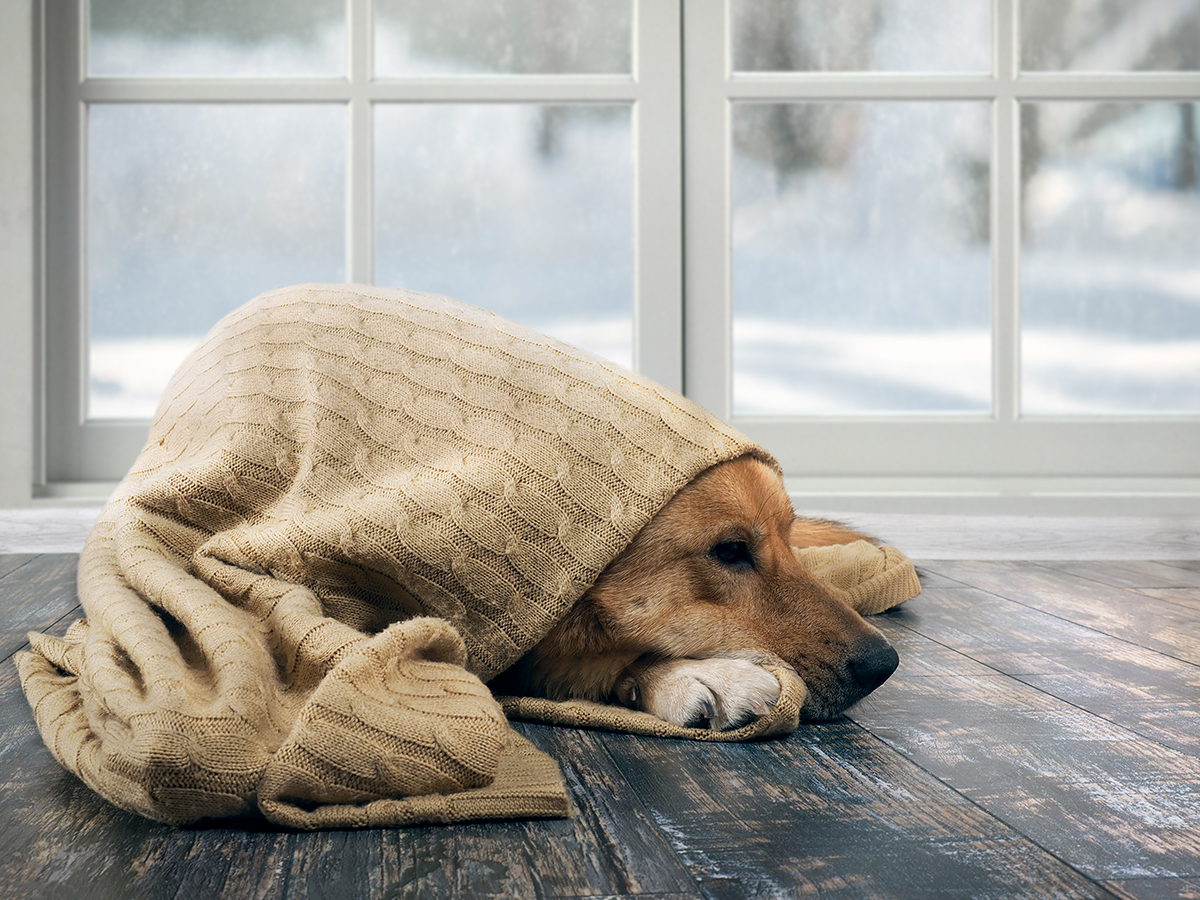WRITER | JULIE FORD
Cool breezes are delightful in the summer, but a chilly draft in your otherwise cozy winter home means there’s a leak somewhere. With a little effort, sealing gaps will get you back to toasty.
To start, you’ll need to do some detective work. Walk around your home with a pad of sticky notes and stick a note on the area where a draft can be seen or felt. Some places to check include:
- Frames around doors and windows
- Fireplace damper
- Attic doors
- Wall/window air conditioners
- Electrical outlets or switch plates
- Where pipes go through a wall
- Baseboards
Now, gather a few DIY items and start sealing the gaps.
Frames, doors, windows
The natural settling of a house over time can create gaps around a window or door casing. If you’re handy, carefully remove the casing and use a spray foam sealant to seal any openings between the door or window frame and house frame. When the casing is reinstalled, check the weatherstripping around the door. Weatherstripping manufacturers advise replacing weather stripping every one to three years. There are various types to choose from:
- Rubber, vinyl, and silicone offer the best seal and are available in self-adhesive, nail on, or fitted into routed grooves. If you have this type already and it’s just wearing out, take a piece to the hardware store to match the replacement as closely as possible. Also, be sure to measure how much you will need and add about 10%.
- Foam tape is available in different widths and thicknesses. It is good for covering up cracks that vary in size and shape.
- Felt is the least expensive option and may need to be stapled or nailed if adhesive backing isn’t available. If there is just a small crack letting in air, felt can be trimmed to fit the area and is a reliable, quick fix.
Thresholds can also allow unwanted airflow. Try to install a new one with a pliable gasket, and replace the seal along the bottom of every exterior door.
Fireplace damper
Cold air can flow down the chimney and around any gaps between the chimney wall and the damper. Since this is difficult to see and reach, it’s best to leave fixing the damper to a professional. There is, however, an inflatable, plastic chimney balloon that you inflate to fit the chimney space, or you can insert a “chimney sheep” made of thick wool that has a handle on one side. Just measure your chimney’s interior and order a tight-fitting model.
Attic doors
Insulate the back side of your attic door and add weather stripping around its edges.
Wall/window air conditioners
Where possible, remove the window air conditioner, close the window, and store the unit for the winter. For wall units, remove the unit from its metal sleeve and fit foam board insulation against the exterior vents. Seal around the foam board’s edge with removable sealant and cover any side vents and outlet with aluminum tape. Fit the unplugged unit back into the sleeve.
Electrical outlets and switch plates
Purchase and install foam insulator gaskets behind the plates of outlets and switches on exterior walls.
Plumbing
The hole where a pipe goes through a wall should always be caulked and sealed.
Baseboards
You can use various types of caulking to seal baseboards. If that’s too messy, use flexible self-adhesive caulk, which is available in various colors – just peel and press.
With a little know-how, identifying the source of drafts and stopping the airflow can improve the warmth of your home.








